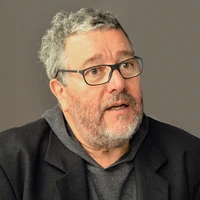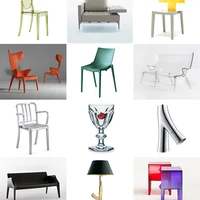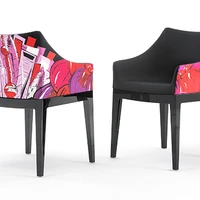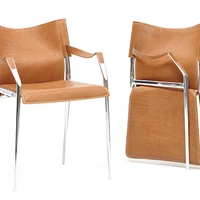Material Tendencies: Philippe Starck
Rather than trying to create beautiful objects, the French designer and architect considers it his duty to invent things that make life better for the largest number of people possible. He believes that the existence of an object is only justified when it serves others – or in the best case – when it ends up leaving behind something for others to develop further.
June 22, 2015 | 10:00 pm CUT

Philippe Starck - Photo © Architonic / Anita Hackethal


<b>Uncle Otto</b> side table for Kartell, 2015

<b>Uncle Jim</b> for Kartell, 2013

<b>Madame</b> Pucci Edition for Kartell, 2015

<b>Calippo</b> together with A. Maggiar for Magis, 2014

<b>Light Rock</b> (opaque) for TOG, 2014

<b>Broom</b> stackable chair for Emeco, 2014

<b>Anton Ho</b> for TOG, 2014

<b>Axor Starck V</b> for Axor, 2014

<b>Stanley</b> folding director chair for Magis, 2015

<b>San Jon</b> folding chair for TOG, 2014

<b>Parrot Zik 2.0</b> wireless headphones, 2015

<b>BoxInBox</b> collection for Glas Italia, 2015

<b>Sir Gio</b> for Kartell, 2015

<b>Masters</b> Gold finish by Philippe Starck with Eugeni Quitllet for Kartell, 2014
Project Gallery




















